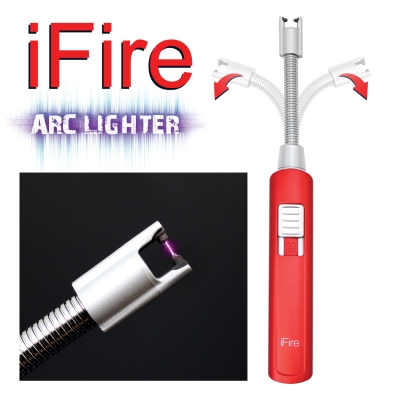

Like arc and plasma lighters, coil lighters don’t require any fuel. So, with no fuel needed, a coil lighter turns energy into a spark that can withstand even the windiest and most gale-like conditions outdoors. The coil generates a high-heat electric arc. Instead, they use Nikola Tesla’s high-voltage, low-current electrical coil to spark a fire. They’re pretty similar to arc and plasma lighters, as they don’t actually create a flame when used as a lighter. Coil lightersĬoil lighters, which are also called Tesla coil lighters, are another option. There’s no flame to worry about - when you need to start a fire, the electricity and electrodes will get the job done. You don’t have to refill any fuel, and the battery can be recharged via USB like most modern gadgets. One of the biggest benefits of an arc or plasma lighter is the ease of use. With the push of a button, an electrical arc appears between the electrodes, and that arc will light whatever’s placed in its path. Arc lighters run on rechargeable batteries, and they use two electrodes at one end to spark fire. These lighters don’t rely on fuel instead, they use electricity to generate a “flame” that looks nothing like a traditional flame. Arc or plasma lightersĪrc lighters, or plasma lighters, are another windproof option. Even with two flames, the wind can still knock out your light source if it’s blowing fiercely. However, when they run out of fuel, you’re out of firepower. There are a number of benefits to fuel-based lighters they’re easy to use and they’re excellent for lighting campfires and getting grills fired up. Many fuel-based windproof lighters are also double flame torch lighters, which gives you extra power and double the flame output to withstand wind. These lighters typically run on butane, and they emit flames that are supposed to be strong enough to stay lit when wind is blowing. But fuel-based windproof lighters are a little different from the average lighter. Fuel-based lightersįuel-based lighters are traditional - in fact, you’re very likely already carrying a fuel-based lighter. Here’s an overview of three of the most common types of windproof lighters you’ll find. There are a number of different options available, from traditional fuel-powered flame lighters to more high-tech flameless options powered by electricity. When you’re searching for the perfect windproof lighter, you’ll want to consider a few different kinds. I’ve also written historical articles for War History Online, how-to articles for WonderHowTo, and the nonfiction book Fidget! for Adams Media. My past reviews include Best ATV Bags, Best Solar Chargers for Backpacking, and Best Waterproof Tents. I have nearly a year of experience reviewing products for Brookline Media’s websites, including The Drive and Car Bibles. Related: 7 magnificent multitools that belong in every toolbox Why should you trust us If it’s flame power you’re looking for too, you’ll love the catalyzer coil that brings each flame up to 2,000 degrees Fahrenheit. And, the housing is buoyant if you drop this lighter in water, it’ll actually float. The flame is windproof in the face of gusts up to 80 miles per hour. This lighter is housed in impact-resistant, waterproof ABS plastic with an O-ring seal and locking clasp. That ignition even works when wet thanks to its zinc die-cast wind guard. This windproof lighter runs on butane, and it lights a flame with a Piezo electric ignition that’ll last for 30,000 lights. This impressive little lighter may measure just 2.5 x 0.5 x 1.5 inches, but it packs some power when it comes to unpredictable weather. When it comes to extreme weather - torrential downpours of rain, gale-like gusts of wind, and moisture caused by snowy conditions - you’ll want to make sure you have the UST Refillable Floating Lighter by your side.


 0 kommentar(er)
0 kommentar(er)
